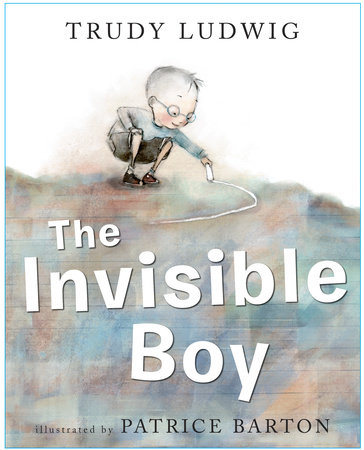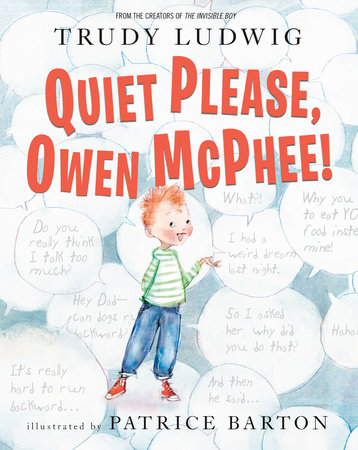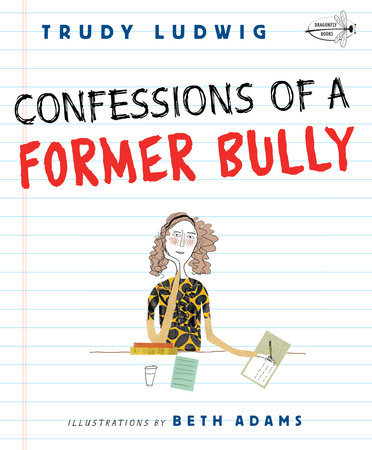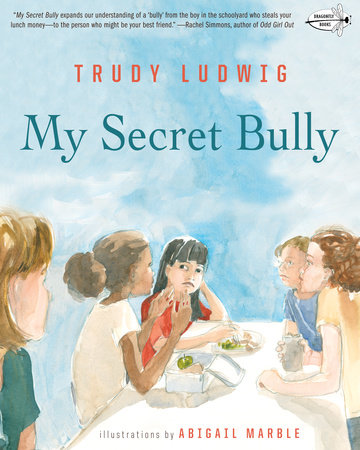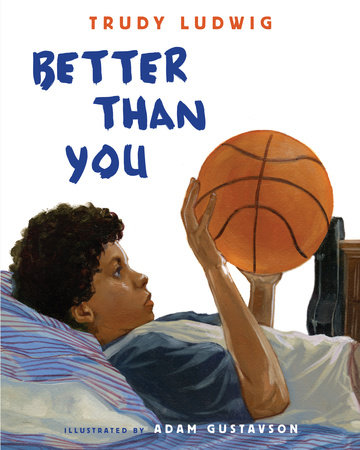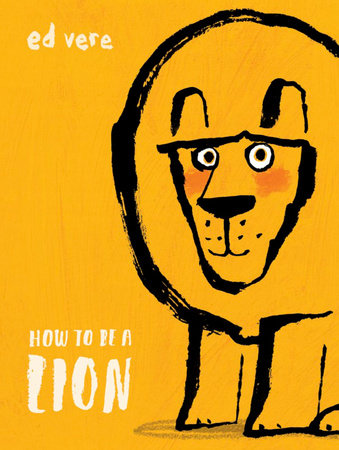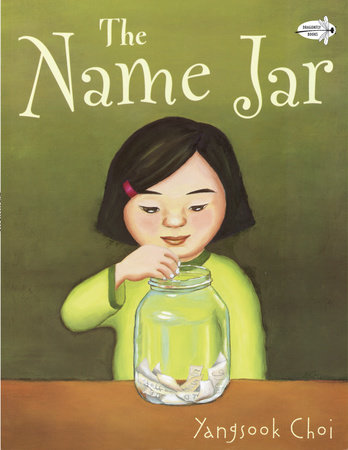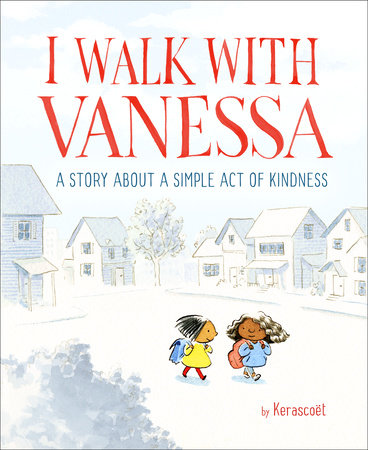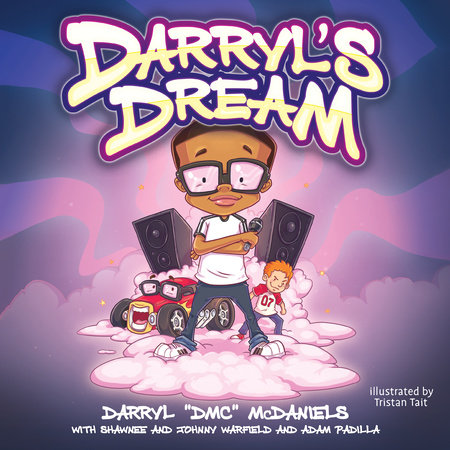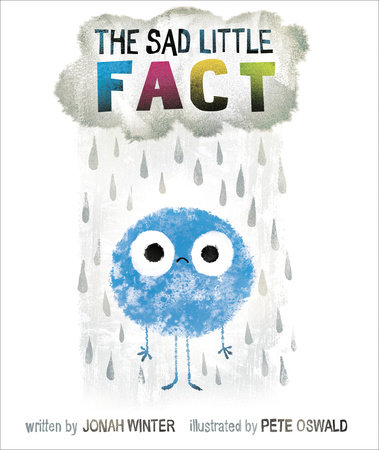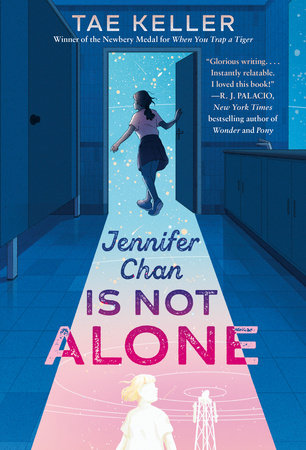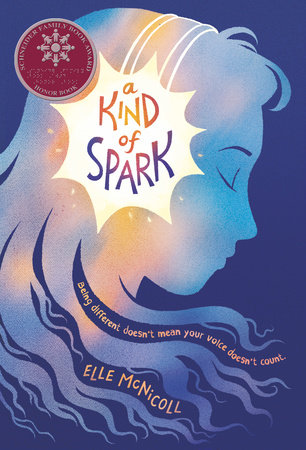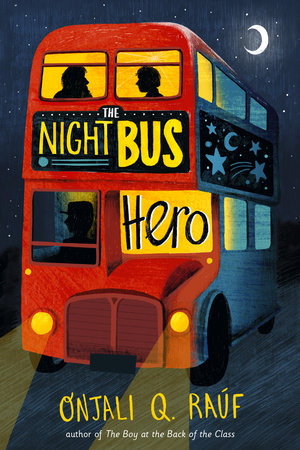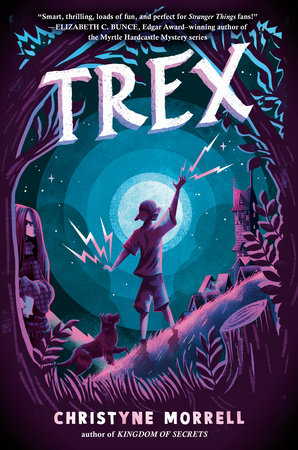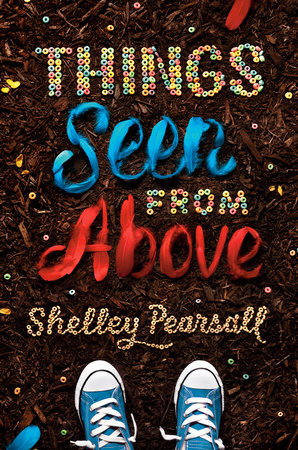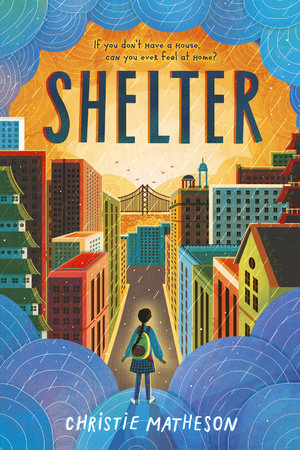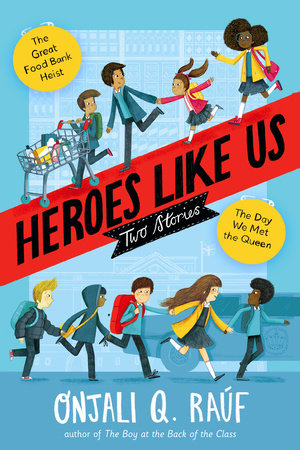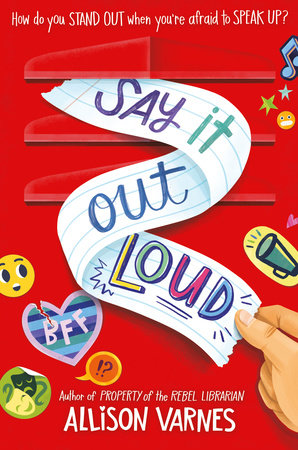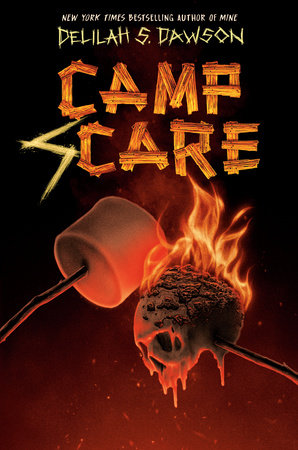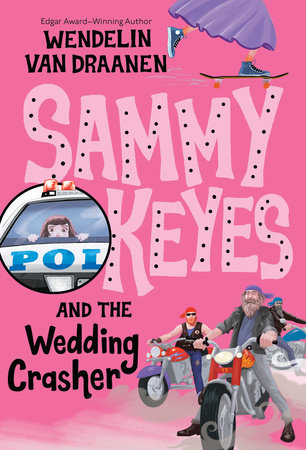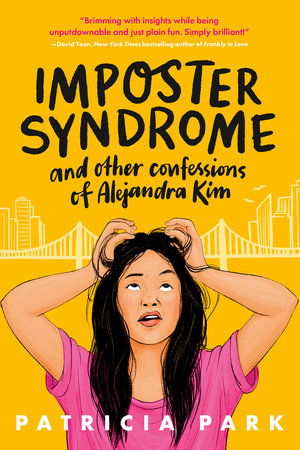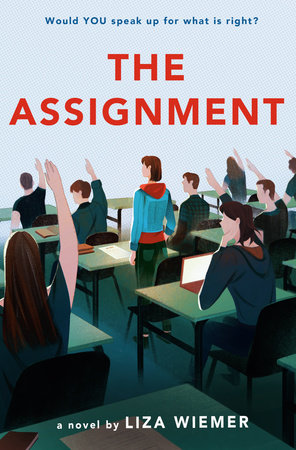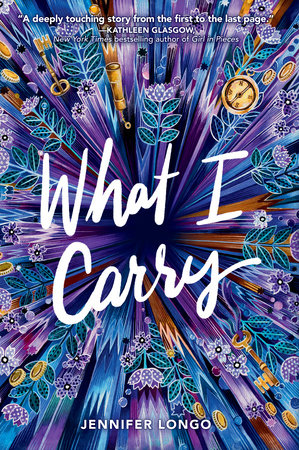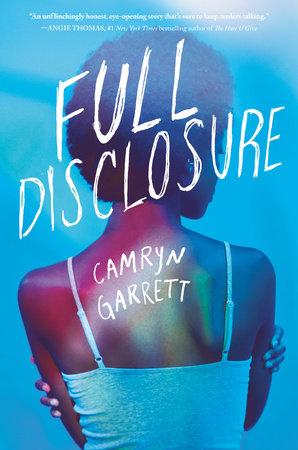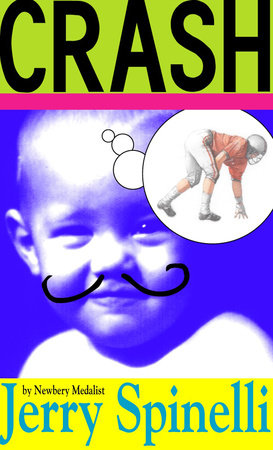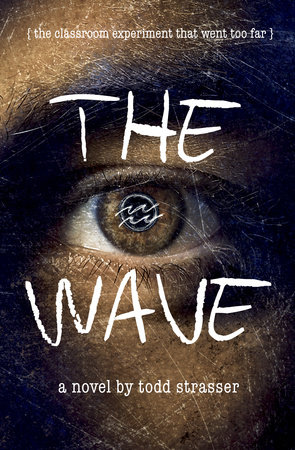October Is Bullying Prevention Month
Books by Trudy Ludwig
Trudy Ludwig is an award-winning author and speaker who focuses on writing children’s books to help them cope and thrive in their social world. Her notable works include The Invisible Boy, Quiet Please, Owen McPhee, My Secret Bully, and many others.
Picture Books
Middle-Grade
Young Adult
Using Literature to Build Empathy and SEL Skills in Young Readers
article by author Trudy Ludwig
Years ago, my sister sent me a translated paperback edition of Struwwelpeter, a classic German picture book originally published in 1845. Illustrated and written in verse by the physician Heinrich Hoffman as a gift for his young son, Struwwelpeter was controversial because of the author’s humorous albeit disturbingly gruesome tales that describe the extreme consequences that fall upon disobedient children.
Children’s literature, thank goodness, has come a long way since Struwwelpeter. Rather than employing stories primarily to instill moral values, strengthen personal character, and shape behavior, more educators, counseling professionals, and parents are using well-written fiction to foster empathy and boost social-emotional learning (SEL) skills (casel.org/what-is-sel) in children.
Neuroscientific studies (bbc.com/future/article/20190523-does-reading-fiction-make-us-better-people) indicate that fiction enables readers to recognize and feel characters’ thoughts and feelings, thereby allowing them to live vicariously through the story’s characters. Sound familiar? Yes—this is about empathy, the capacity to feel with people and have compassion for their pain and suffering. Reading literature actually boosts this capacity in young readers’ developing brains! Researchers also report that literature is an effective supplemental tool to help build self-awareness, social awareness, and self-regulation, as well as friendship and problem-solving skills—all of which are key components of an effective SEL program.
Any fiction worth its literary weight shows the characters facing problems, obstacles, and issues, and their subsequent efforts to address or overcome them. Adult-guided activities help instill critical-thinking skills in young readers, getting them to understand and engage with the stories they read and with each other in constructive, pro-social ways. Role-playing scenarios, introspective essays, creative drawing and writing projects, and discussion questions are a few ways to accomplish this goal.
To further engage students to think critically about the stories they read, I often recommend that educators employ the following questions that I had adapted from Stan Davis’s “Think About It” behavioral reflection form, shared in his book Schools Where Everyone Belongs.
- What happened? What was the major problem in the story?
- What role did each key character play in that problem?
- How did each key character’s words and actions make the problem worse or better?
- How did or could the character(s) have handled the situation without hurting anyone?
- What did the character(s) do or what could they have done to make up for the hurt they caused others? Give a few examples.
I also encourage educators to use the internet to access ready-made lesson plans. If they cannot find any on the publisher’s or author’s websites, they can enter the title of the book chosen in the search bar, followed by the words “lessons,” “activities,” or even “Teacher’s Guide.”
While literature alone will not change the world, it can help change how we think and act in the world. It has the potential to encourage us to question and challenge our existing beliefs, attitudes, and behaviors. It can open our minds to the possibilities of change and, ultimately, to our ability to be changemakers ourselves.

